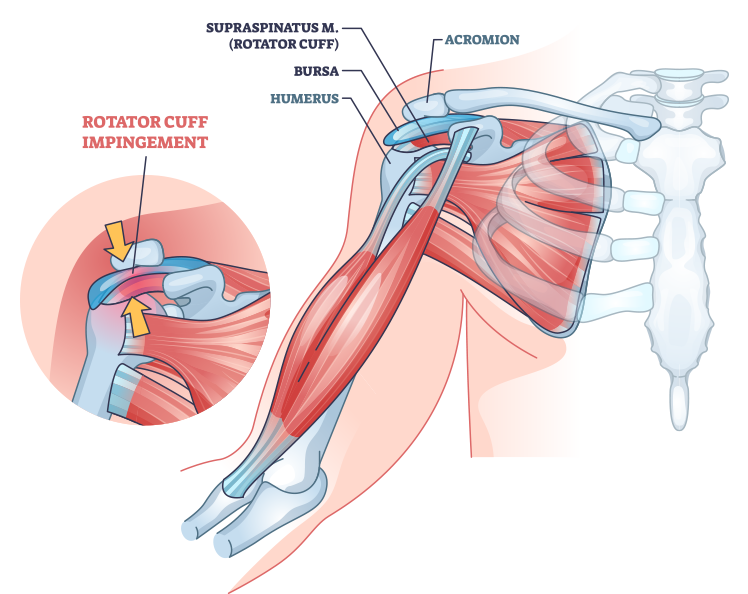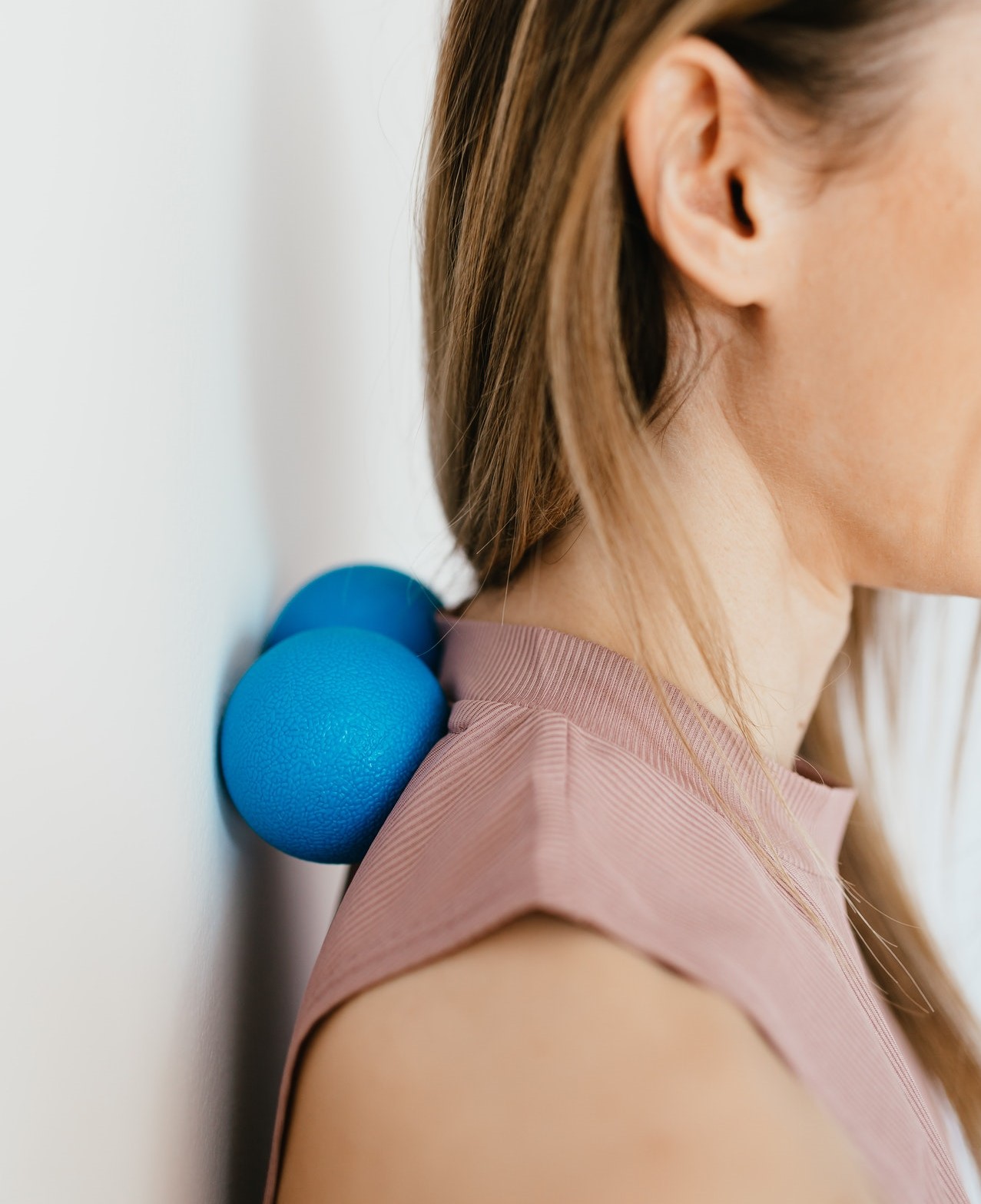Rotator cuff repair involves reattaching a torn rotator cuff tendon to the head of the humerus (upper arm) bone using sutures and anchors.
The procedure may be performed as an open technique or arthroscopically (keyhole surgery). However, a partial tear may only need a trimming or smoothing procedure called a debridement.
Most patients experience improved shoulder strength and less pain following a rotator cuff repair and each technique has similar medium to long-term results. Unfortunately, not all tears can be repaired.

A traditional open surgical incision, generally several centimetres long, is the most invasive option but may be required for large or complex repairs. The incision is made over the shoulder and detaches one of the shoulder muscles, the deltoid, to gain access to the torn tendon.
Arthroscopy, also known as keyhole surgery, involves an arthroscope (a small camera on a tube) that is inserted through a small incision in the shoulder joint. The camera is connected to a screen that guides the surgeon in using miniature surgical instruments. Arthroscopic repair is more technically demanding than open surgery, but this less invasive procedure brings other benefits including less pain, smaller wounds, and a lower risk of post-operative infection.
If the tear in the rotator cuff tendon has affected less than about 40% of the cuff’s total thickness, a surgeon may be able to excise the damaged portion of the cuff via debridement. This involves a surgeon using arthroscopic instruments to remove frayed or rough fragments. In some cases, this can be a salvage procedure for irreparable rotator cuff tears. It is important to understand in this case that the goal of debridement is to reduce pain but will not improve strength or function.
Recovery times from surgery vary depending on the type of surgery and the extent of the injury. A patient usually stays one night in the hospital and their arm is held in a sling for 6 weeks. Rehabilitation will vary according to the type and size of the tear that is repaired. Most patients can return to driving a car after 6-8 weeks and recovery usually takes 6-12 months. The risk of ongoing pain at 12 months post-surgery is about 10-15% and in some cases, healing can take up to 2 years.

If you are looking to book an appointment, please call us on